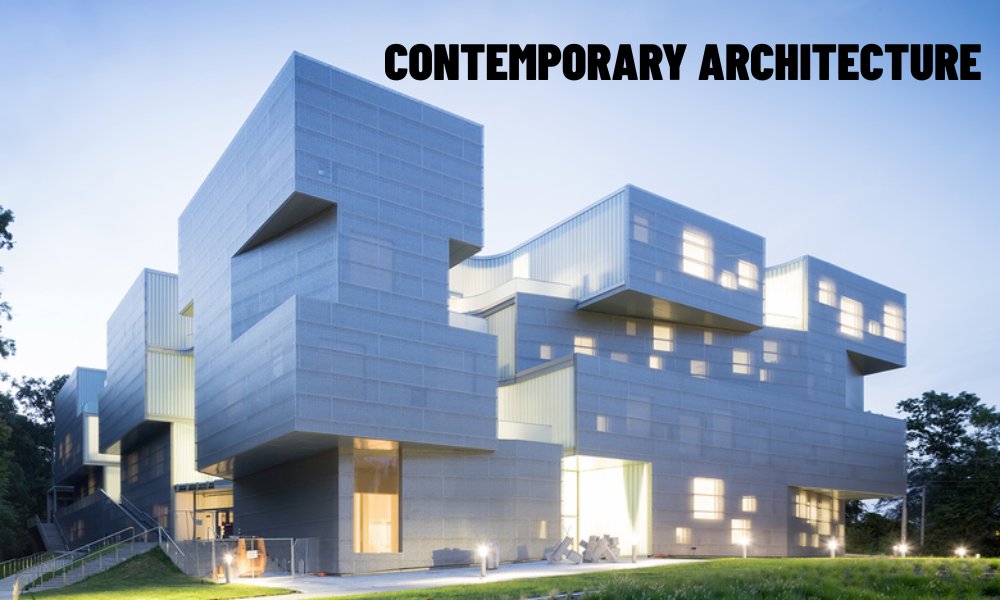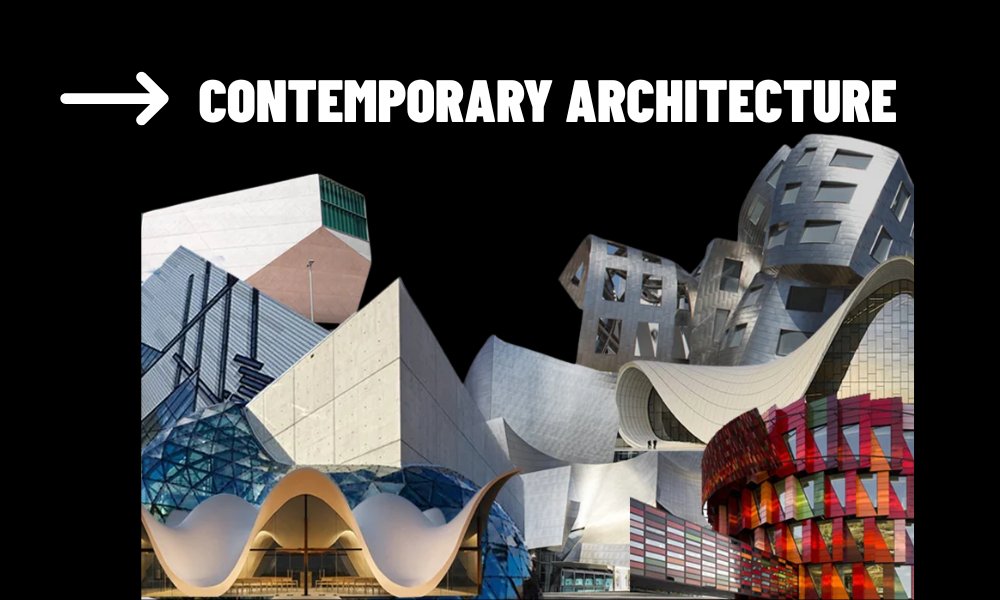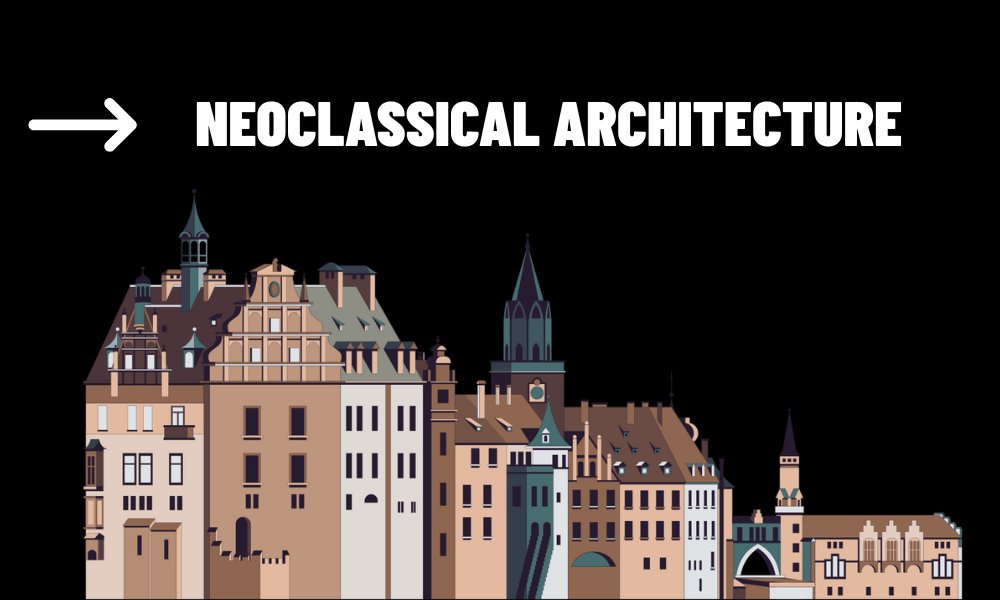Contemporary architecture is a living conversation between space, technology, and human need. It doesn’t adhere to a single style, but rather evolves in response to its time. In today’s smart homes and connected environments, contemporary design offers more than visual impact — it creates intuitive spaces where form meets function, and where daily life is enhanced through thoughtful integration.
As the world transforms at an accelerating pace, the role of architecture becomes more than shelter — it becomes an evolving response to culture, climate, and connectivity. Contemporary architecture stands at this intersection. It doesn’t imitate a fixed style or follow rigid rules. Instead, it reflects the present moment, while quietly shaping the way we live, feel, and interact with space in a digital, climate-conscious age.
Contents
1. Architecture That Responds, Not Just Represents
Unlike styles rooted in historical revival or rigid ideology, contemporary architecture resists being pinned down. It listens more than it declares. Its identity is shaped by context — social, technological, environmental. This makes it fluid, adaptable, and deeply personal. You can walk into a contemporary home and feel it was built not for an era, but for a mindset.
That mindset is rooted in awareness — of how people move through space, how they interact with light, and how they expect their environment to support their routines. The goal is not to impress but to align. A contemporary home doesn’t ask you to adapt to it. It quietly adapts to you.
2. The Invisible Intelligence of Space
One of the most striking qualities of contemporary architecture today is how deeply technology is embedded — not just in function, but in form. A smart home built with contemporary principles doesn’t announce its systems. You don’t notice the sensors, the data flows, or the machine learning. What you notice is comfort. Subtle shifts in lighting. Air that’s always the right temperature. Spaces that shift with your schedule.
The intelligence is ambient. It doesn’t overwhelm. A door unlocks as you approach because it recognizes your presence. Lighting adjusts based on the time of day, not because you asked, but because the architecture already knows. It’s not the home of the future — it’s the architecture of now, made responsive.

3. Sustainability as Embedded Ethics
In the past, sustainability in design was often added on — a feature, an upgrade, a gesture. In contemporary architecture, it is foundational. The building is no longer separate from the ecosystem; it participates in it. Energy is harvested. Water is recycled. Materials are chosen not just for aesthetics, but for lifecycle and context.
But what sets this approach apart is how natural it feels. There is no showmanship in a wall that cools passively or a roof that feeds solar energy back into the grid. The architecture doesn’t demand praise for being sustainable — it simply is. And that quiet integrity is part of what defines contemporary thinking today.
4. A Home That Learns With You
What makes contemporary architecture so compelling in the smart home era is how it treats living as a dynamic process. Homes are no longer static containers. They evolve. They learn. A contemporary living space is one that adjusts not only to the external environment, but to you.
Your habits, your energy use, your preferred light in the evening — all of it shapes how the home behaves. In this way, the line between architecture and interface blurs. Walls are not just surfaces. They are interactive membranes. The home becomes a collaborator in your routine, anticipating rather than reacting, supporting rather than directing.
5. Emotional Intelligence in Physical Design
Though often associated with minimalism or abstraction, contemporary architecture is anything but cold. Its true power lies in its empathy. It’s architecture that pays attention. Not just to function, but to feeling. It recognizes the psychological weight of a narrow hallway, the calm of a soft shadow, the grounding effect of natural textures.
This is especially powerful in a time when our lives are overrun with screens and stimuli. Contemporary design offers moments of quiet — where technology recedes and space takes over. Where a room becomes a place to breathe. Where the architecture doesn’t distract, but deepens your experience of being present.
Contemporary architecture is not a trend. It’s a lens — one that constantly adjusts to changing needs, values, and technologies. It refuses to be fixed, because life refuses to be fixed. And in that flexibility lies its power: to create homes that are not just smart or sustainable, but meaningful. As we move deeper into the digital age, this kind of architecture may be our best guide — not only for how to build, but for how to live.



